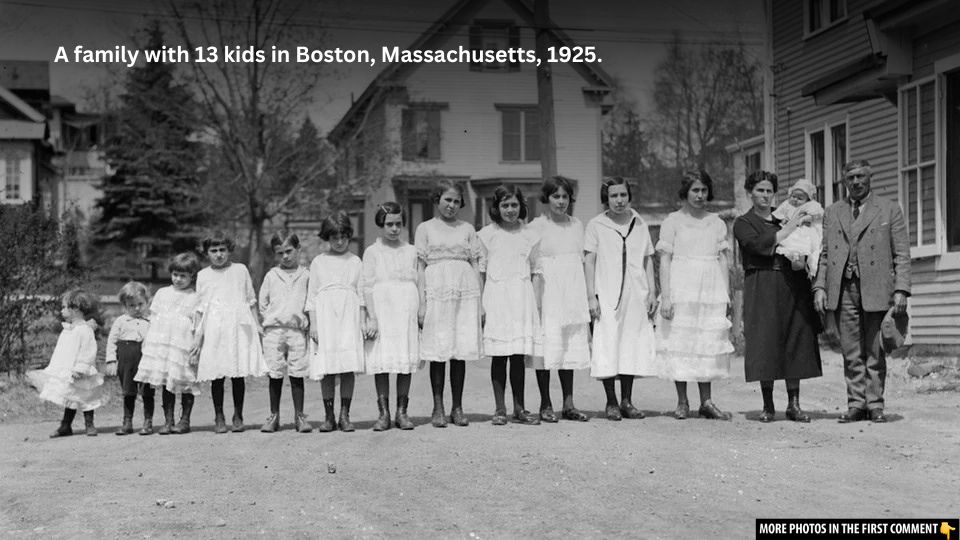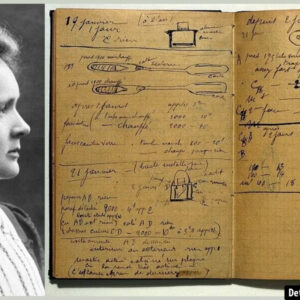In the 1920s, large families were not an uncommon sight, but the Noonans of Lawrence, Massachusetts, took this to another level. With 13 children and a bustling household, Maurice and Mabel Noonan’s family became a symbol of resilience and love. Through the lens of photographer Leslie Jones, their story has been captured in stunning vintage photographs that offer a rare glimpse into family life during a time of great change. Despite the challenges of raising such a large family, the Noonans’ bond was unwavering, and their story remains an unforgettable reflection of the strength found in family ties.
The Noonans: A Remarkable Family of 15
The story of the Noonans begins with Maurice, an Irish immigrant, and his wife Mabel, who together raised a sprawling family of 13 children. At the time, having a large family was not uncommon, but the Noonans’ size made them stand out even in their own community. With 10 girls, two boys, and an infant, their household in Lawrence, Massachusetts, was often bustling with life. Their large home was more than just a shelter—it was a testament to the strength of the family bond, with each member contributing in their own way to the smooth functioning of the household.

Leslie Jones, a photographer for the Boston-Herald Traveler, captured this unusual family in rare photographs, documenting their day-to-day life. His work remains some of the best-preserved records of the time, offering a window into a world that now seems distant. Through his camera, the Noonans became a symbol of family unity and the American experience in the 1920s.
Video
Daily Life with Thirteen Children

With such a large family, daily life was never simple. The Noonan children, from the eldest teenagers to the youngest infants, had their roles within the family. They helped with chores, took care of each other, and managed the daily routines of a bustling home. One memorable image from Jones’ collection shows the family in their shoes, taking on the important job of shoe-polishing—a routine that was part of the family’s daily rhythm.
Perhaps the most iconic photograph of the Noonans shows them all piled into a single car. The scene is almost comical, given the size of the family and the small size of the vehicle, yet it’s a testament to their unity and ability to come together as one. The image perfectly encapsulates the spirit of the time—a time when family was central to everyday life, and people had to find ways to make do with what they had.
The Role of Leslie Jones and the Historic Photographs

Leslie Jones wasn’t just a photographer; he was a historian capturing the essence of family life in the 1920s. His images of the Noonan family are some of the most valuable historical artifacts of the period. Through his lens, we can see not just a family but the nuances of their lives—the joy, the struggles, and the pride they took in being together.
Jones’ photographs offer a glimpse into the private moments of the Noonans. One image shows Maurice and Mabel with their children gathered around a large table, a moment that reflects the communal spirit of the time. Another photograph captures the family’s moment of leisure, where they come together outside, symbolizing the outdoor, family-centered activities that many families of that era participated in.

Jones’ work has allowed future generations to see how a large family functioned in an era before technology and the conveniences that we take for granted today. His photos make us realize that, despite the challenges of raising such a large brood, families like the Noonans were bound by a deep sense of love, tradition, and commitment.
The Tragedy and Resilience of the Noonan Family

Sadly, the joy that the Noonans found in their close-knit family was short-lived. A few years after Jones’ photographs were taken, tragedy struck the family. Mabel Metcalf Noonan, the matriarch of the family, passed away, as did the youngest Noonan child. This left Maurice to raise the remaining 12 children on his own.
Despite this loss, Maurice’s resilience and love for his children ensured that the Noonan family remained strong. He worked tirelessly to care for his children, providing for them as best as he could. His story is one of determination in the face of hardship, and it highlights the strength of the family unit, even when faced with overwhelming challenges.
The Changing Times and the Decline of Large Families

The Noonan family lived during a time when the United States was transitioning from a rural agricultural society to an industrialized nation. The late 19th and early 20th centuries saw significant social changes, with family sizes beginning to shrink as urbanization and industrialization took hold.
In the early 1900s, large families were still common, especially in rural areas. But as cities grew and more women entered the workforce, family dynamics began to shift. The American fertility rate began to decline, and the era of the “large family” slowly became a thing of the past.
For the Noonans, their family size was not only a matter of circumstance but a symbol of the changing times. They were among the last to experience a world where large families were still the norm, and their story serves as a reminder of how quickly things can change.
A Reflection on Family Life and the American Dream
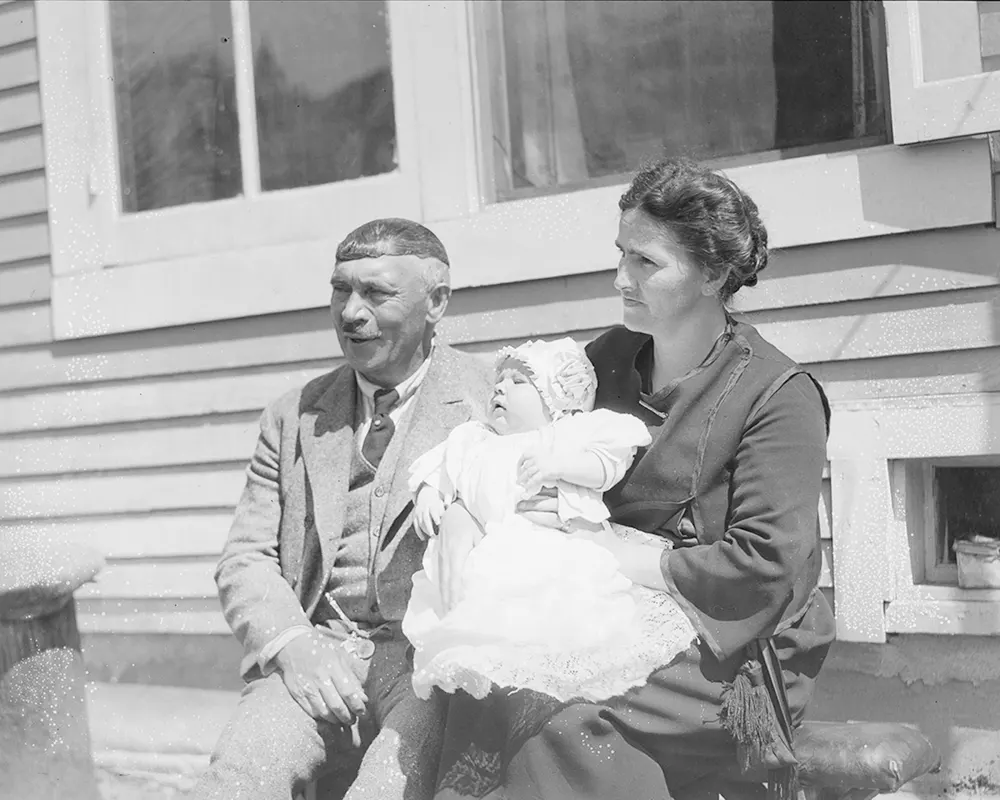
The story of the Noonans offers a glimpse into the past—a past where family was at the center of everything. In many ways, their story represents the idealized American dream: a family built on hard work, love, and perseverance. Despite the challenges of raising 13 children in the early 20th century, Maurice and Mabel Noonan were able to provide for their family and keep their household intact.
Their story, captured so vividly by Leslie Jones, is a testament to the resilience of families during a time of great change. It serves as a reminder that no matter how much the world changes, the love of family remains constant. The Noonans’ story is not just one of a large family; it’s the story of how families can weather the storms of life, find joy in the everyday moments, and support one another through thick and thin.
Gallery: Rare Photographs of the Noonans’ Family Life
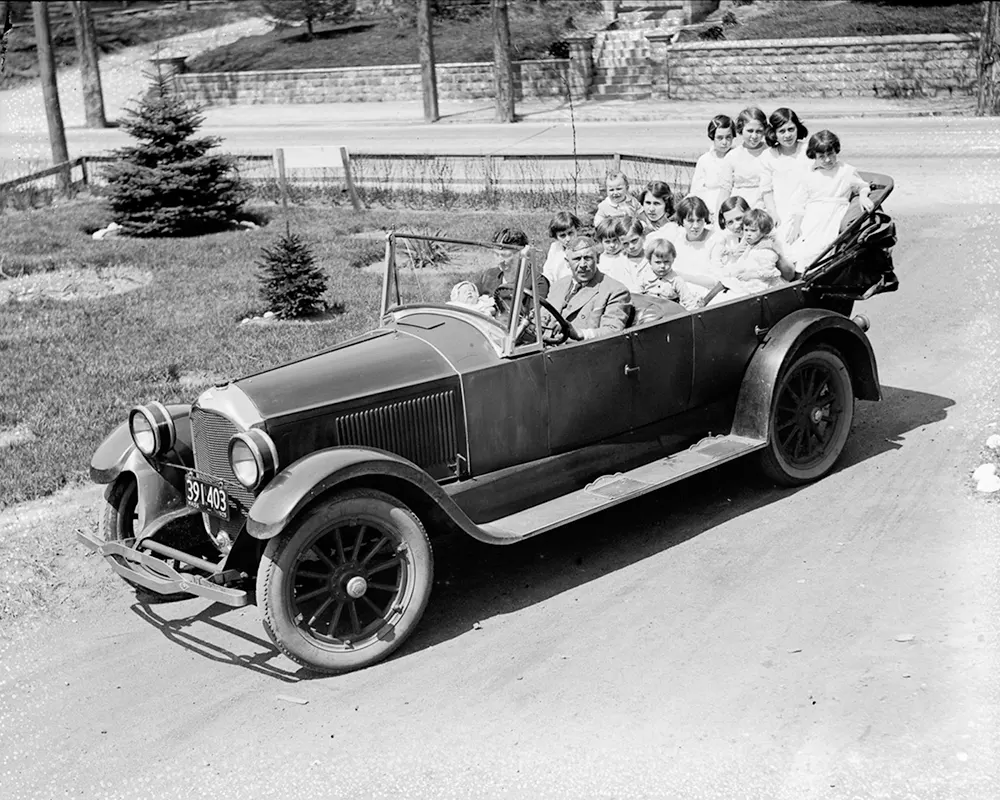
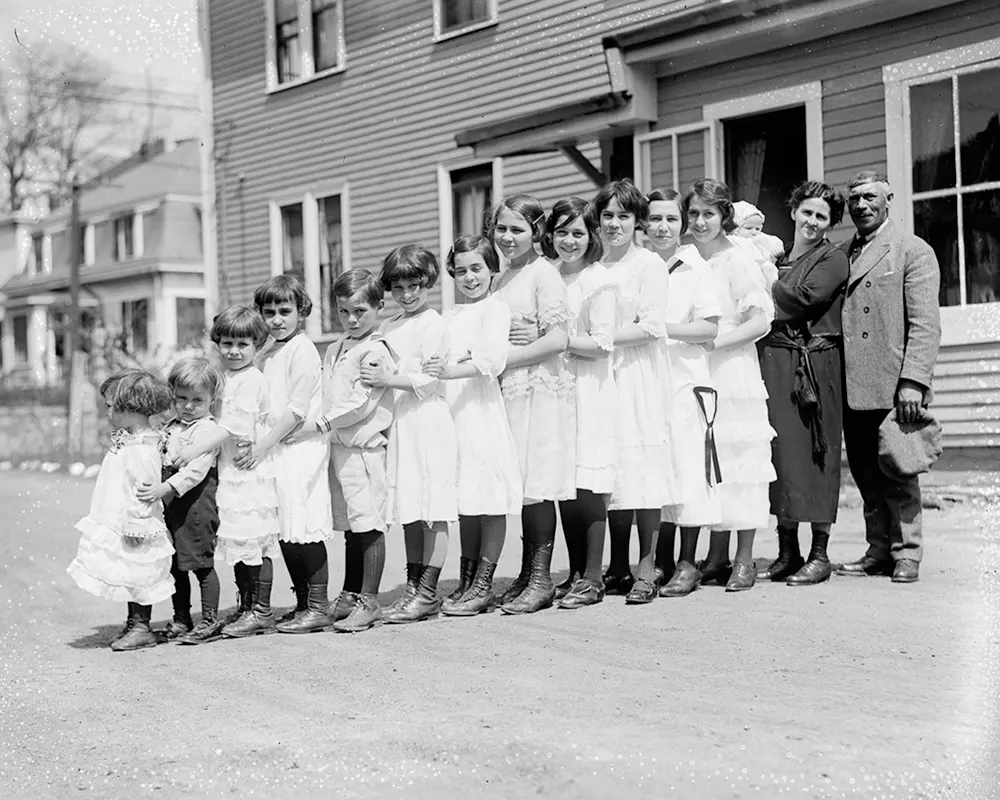
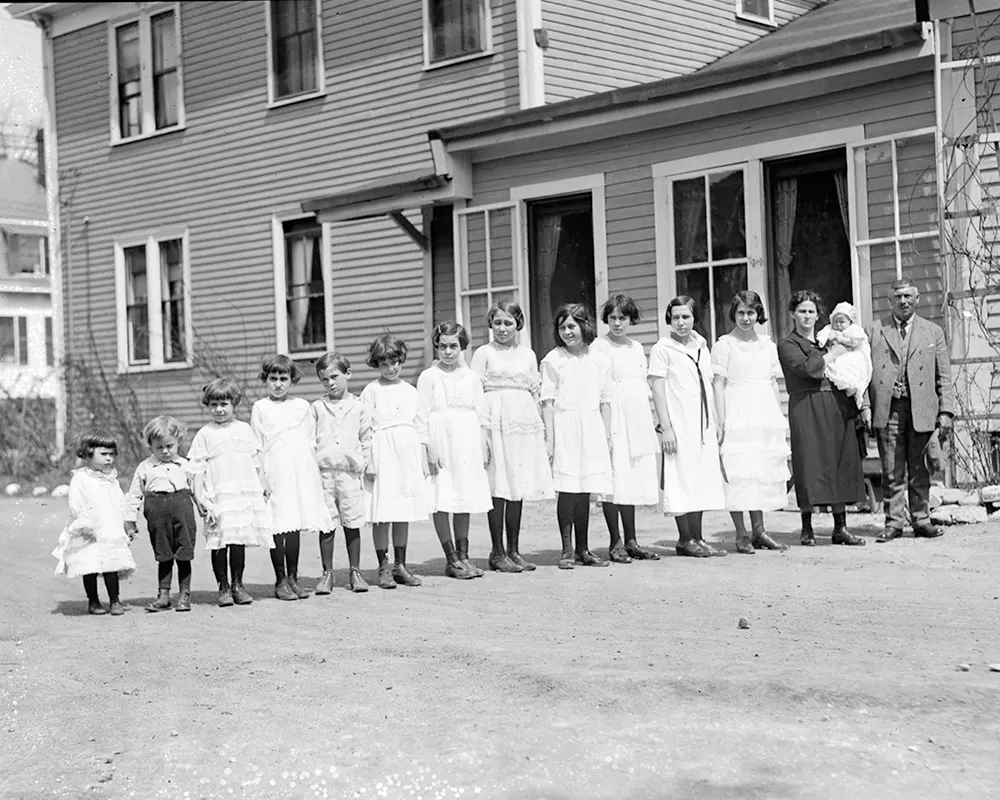

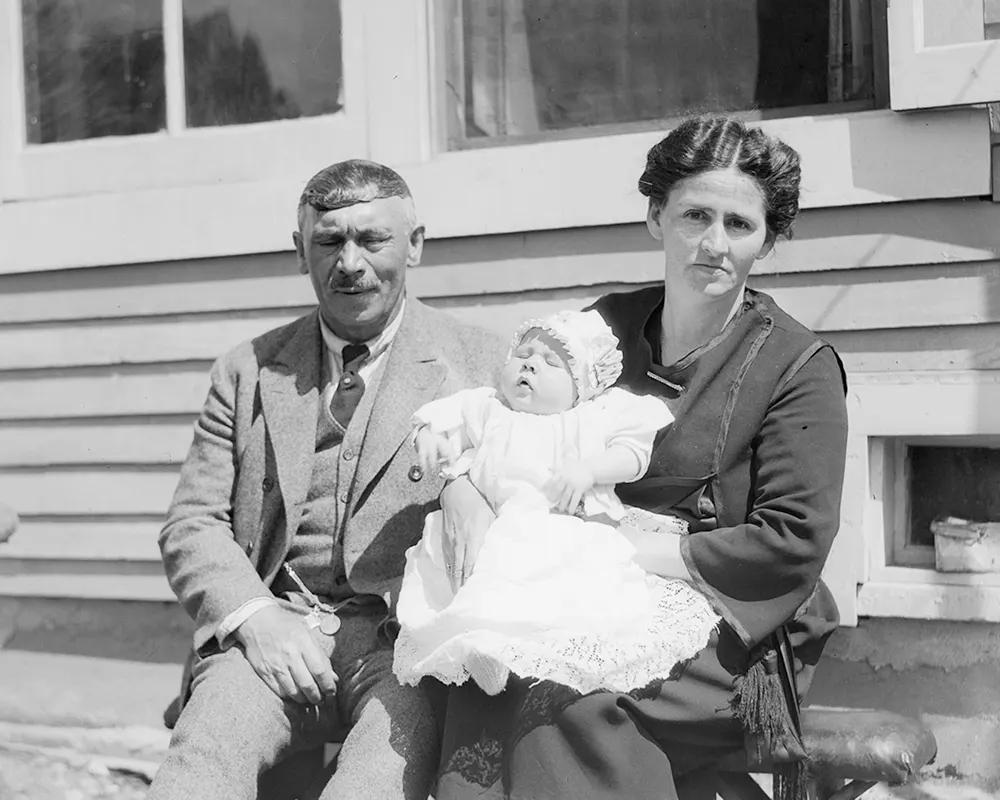
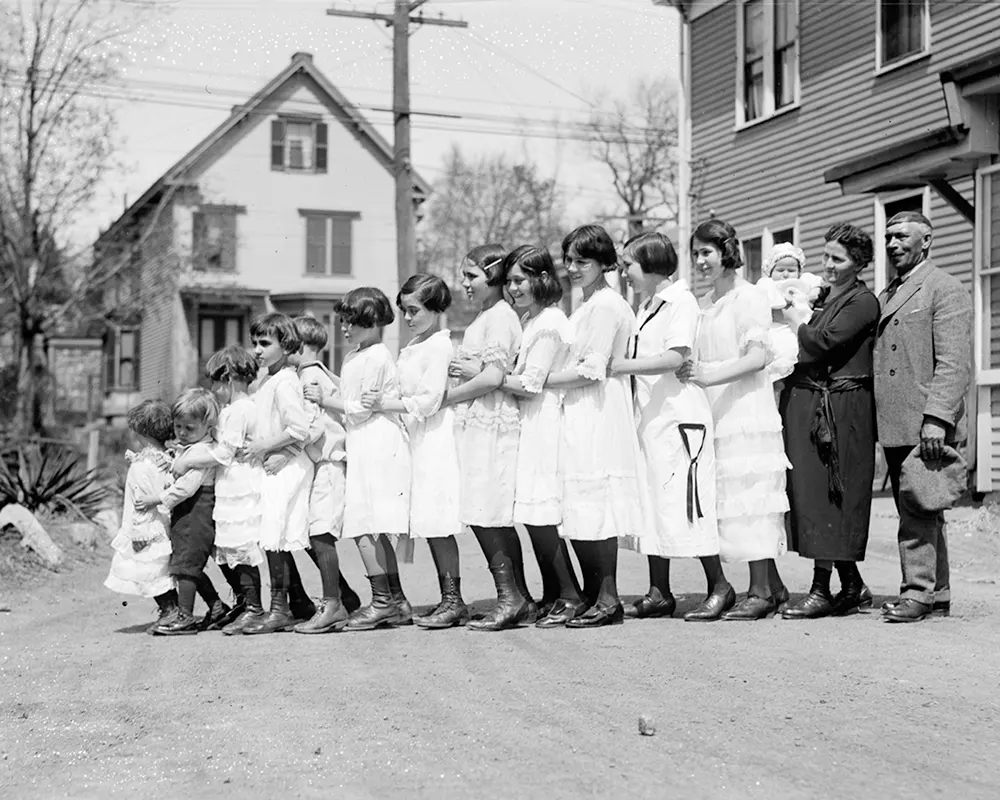
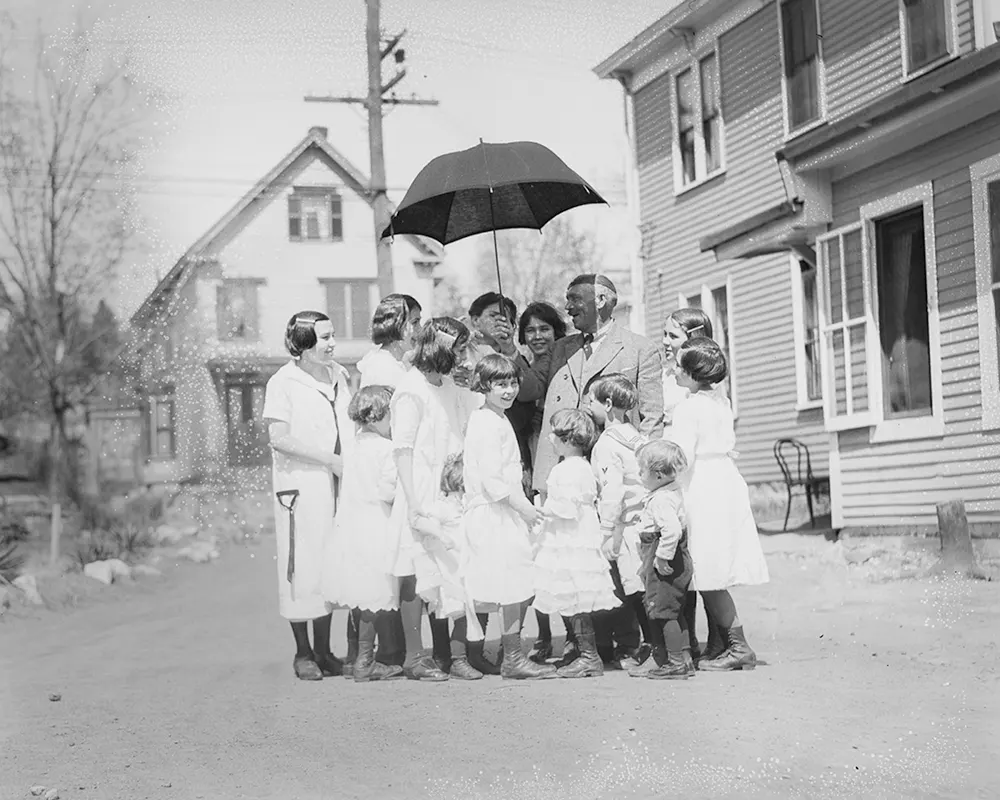
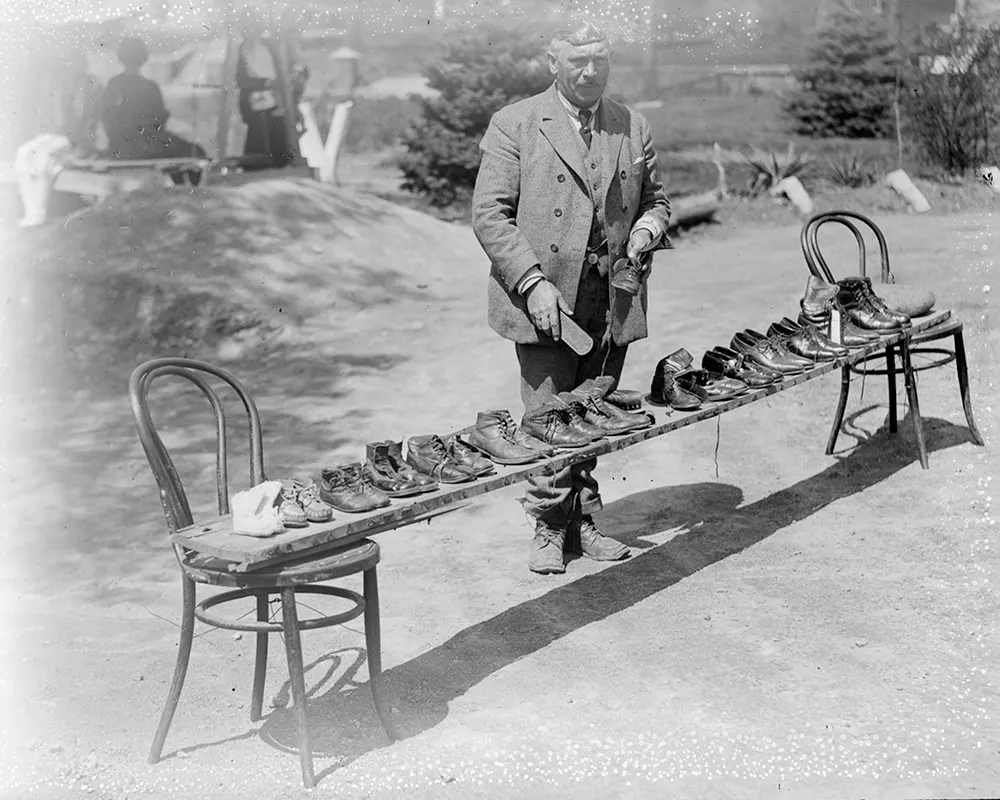
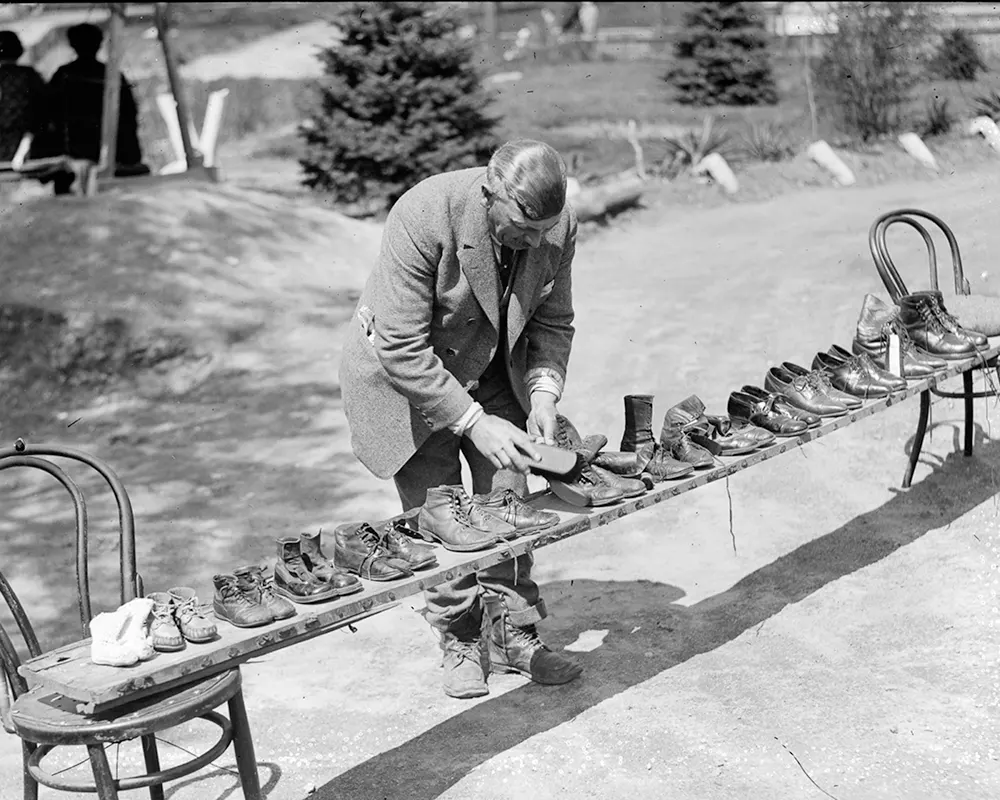
Video
Watch English Family in Garden (1910-1920) to experience a charming glimpse of family life in early 20th-century England. A lovely look into the past!
Conclusion: The Legacy of the Noonans
The Noonan family’s legacy is not just in their size but in the love and dedication they showed for each other. Through the photos captured by Leslie Jones, we are given a window into a world that is both familiar and distant. The Noonans represent a time when families were the backbone of society, when their strength and unity were what helped them survive in a rapidly changing world.
Though the world has changed since the 1920s, the story of the Noonans is timeless. It reminds us of the importance of family, resilience, and the ties that bind us together, no matter how big or small the family may be.
